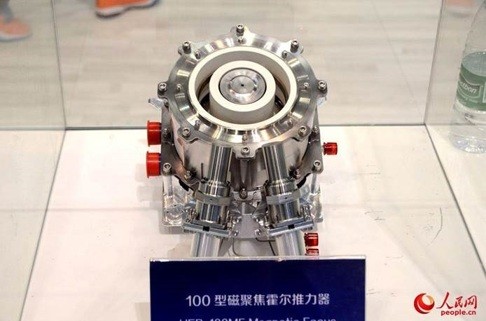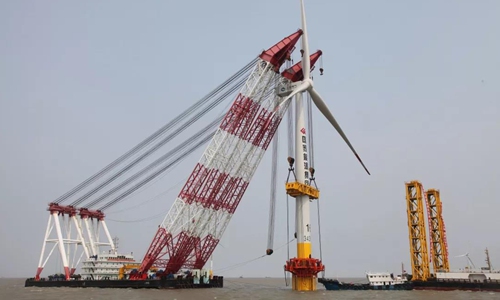China has finished building the world’s most powerful ion thruster and will soon use it to improve the mobility and lifespan of its space assets, according to a state media report this week.

Researchers at the 502 research institute, which operates under the China Aerospace Science and Technology Corp. in Beijing, have delivered a new-generation Hall-effect thruster unit to Chinese customers in the space industry, the report by the Science and Technology Daily stated.
The machine will outperform all of the ion thrusters used on satellites or spacecraft that are currently in use, it added. The daily is run by the Ministry of Science and Technology.

























